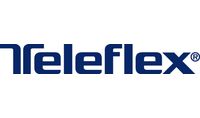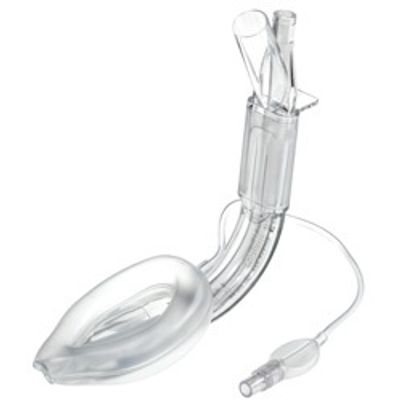


LMA - Model Supreme -A Second Generation Sad with An Innovative Second Seal
LMA Supreme™ is a single use, second generation, gastric access device which forms an effective First Seal™ with the oropharynx (oropharyngeal seal) and an innovative Second Seal™ with the upper oesophageal sphincter (the oesophageal seal). The importance of the Second Seal™ (oesophageal seal) is significant: it can minimise gastric insufflation and reduce the risk of aspiration, giving you the confidence to go further with a laryngeal mask airway.
Second generation devices, such as LMA Supreme™, come highly recommended in the recently published NAP4 audit conducted by the Royal College of Anaesthetists and the Difficult Airway Society, UK.
Recommendation:
If tracheal intubation is not considered to be indicated but there is some (small) increased concern about regurgitation risk, a second generation supraglottic airway is a more logical choice than a first generation one.
Recommendation:
In patients considered to be at low-risk of aspiration who have other factors that mean that use of a SAD is at the limits of normality (e.g. patient position, access to the airway, patient size) consideration should be given to use of a second generation SAD.
Recommendation:
In view of the above recommendations, and the frequency of these circumstances, it is recommended that all hospitals have second generation SADs available for both routine use and rescue airway management.
The NAP4 Report recommends that all hospitals have access to second generation SADs, such as LMA Supreme™, for both routine use and rescue airway management.
LMA Supreme™ delivers the following evidence-based benefits:
- Insertion success: Insertion times as low as 5 seconds from picking up the device to connection to the anaesthetic circuit5
- High ventilation performance: Measured oropharyngeal leak pressures up to 37 cm H203
- Effective gastric access: Regurgitation of gastric contents through the drain tube observed in 4/205 patients with no evidence of aspiration9
- Insertion success with new users: 86% first time insertion success; 100% overall insertion success12
- A viable option in both routine and advanced procedures: Evidence to support use in laparoscopic cholecystectomy, radical retropubic prostatectomy, prone procedures, paediatrics and during CPR 7,8,9,10
Consider using LMA Supreme™ for:
- Mild-to-moderately obese patients.
- Abdominal procedures.
- Controlled reflux.
- Positive pressure ventilation (PPV).
- Unexpected difficult airways.
